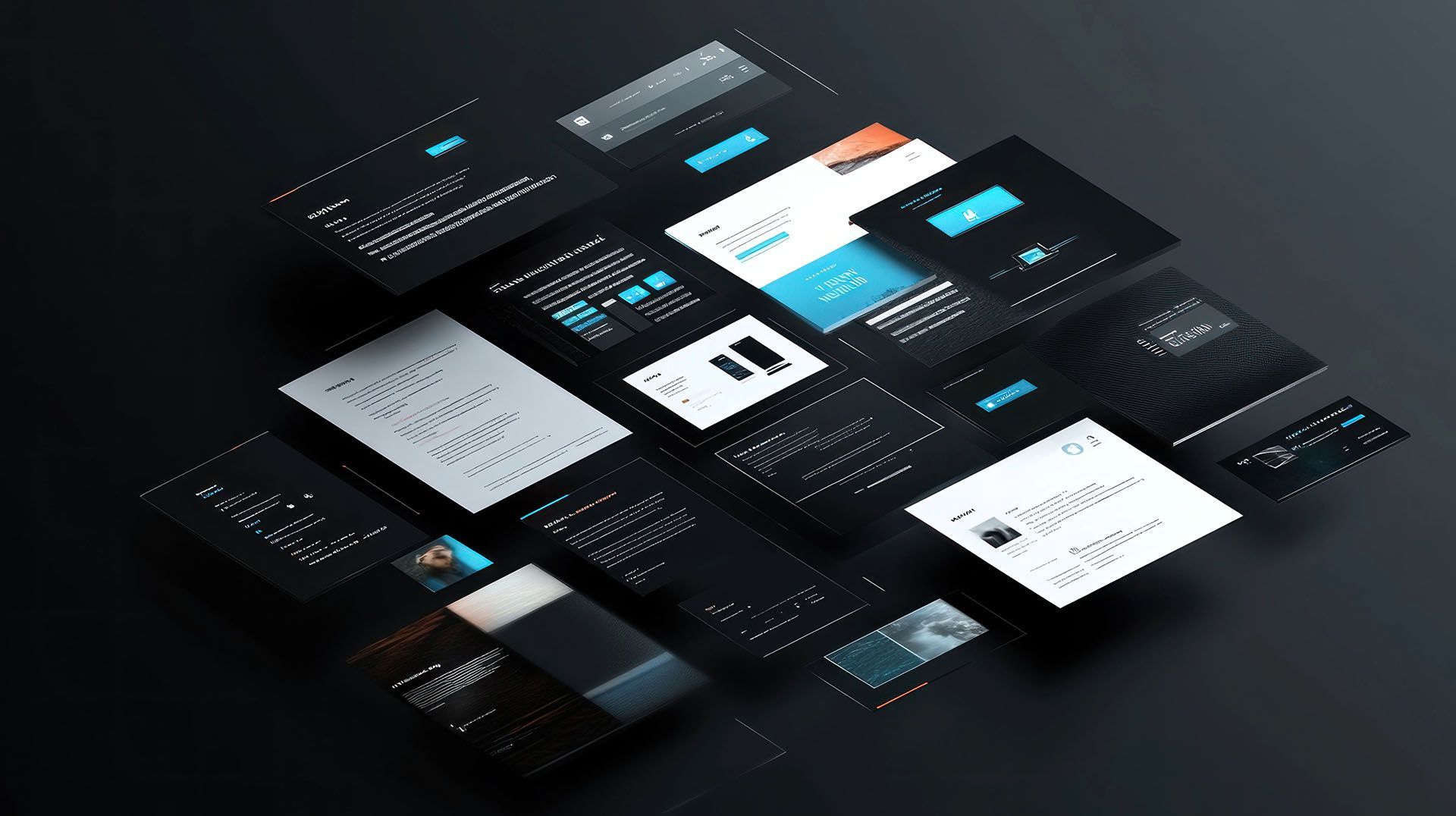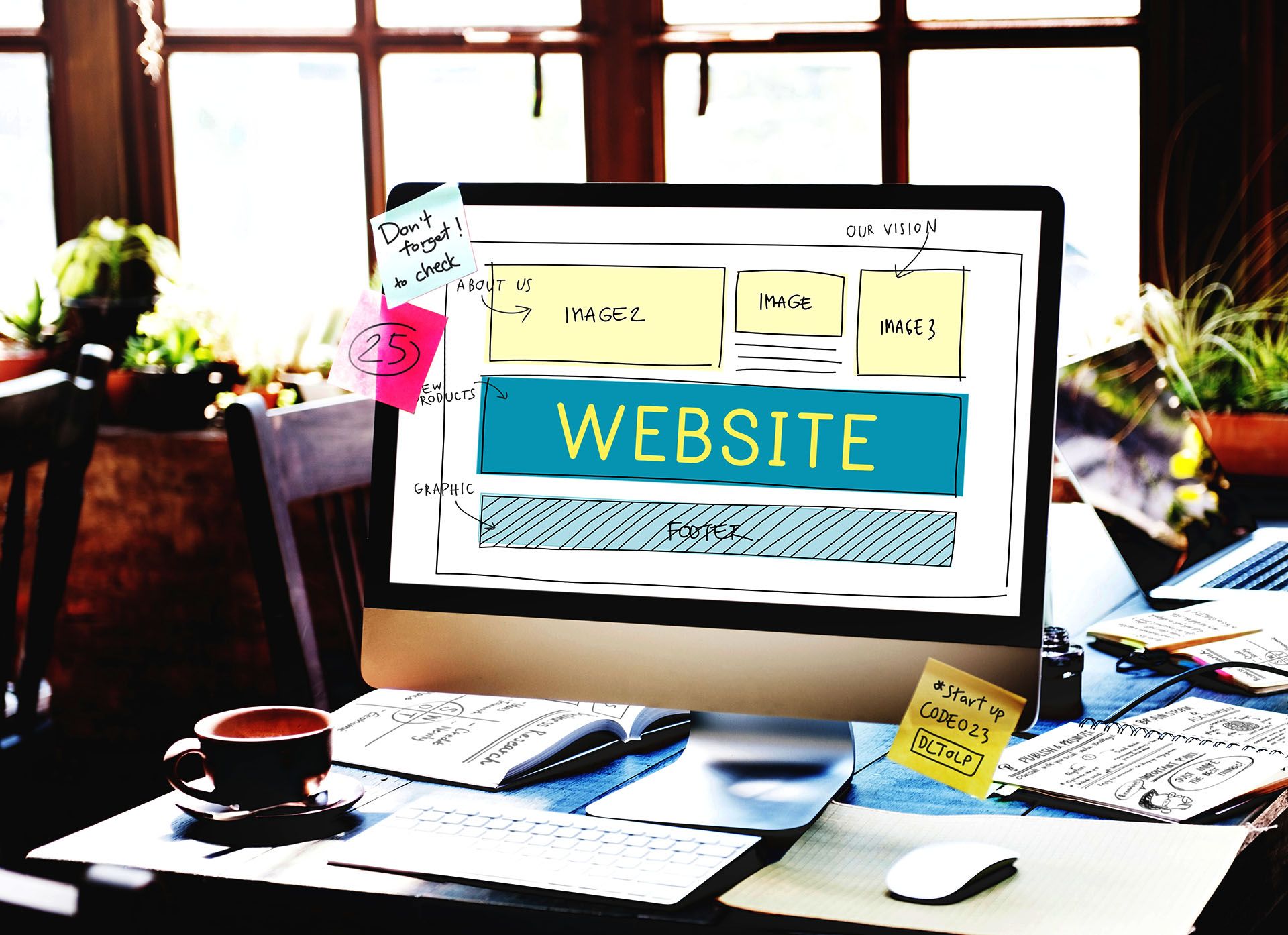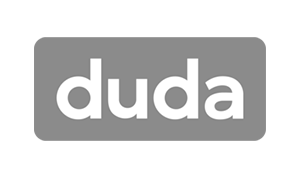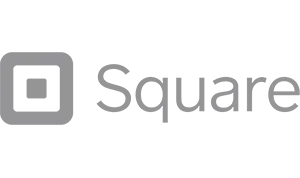Crown Street, Wollongong, 2500
Configure a Multi-Language Site
Increase your reach by translating your website into several languages. A duplicate version of your site is produced for each additional language you add to host the translation. You can translate sites by hand or use the free Google Translate feature built into the editor. If you use Google Translate, make sure to look over the whole translation before putting it online.
The following capabilities are not presently accessible in multilingual mode:
- Personalization
- Blog Posts
- The page title and descriptions. For more information, see Site SEO Settings.
- Custom widgets
Sites with more than 200 pages are unable to be translated into multiple languages.
After a site has been translated, any new content uploaded to one language version will not be synchronized with the other language versions. As a result, we advise you to add multiple languages as the last step following the completion of your website's development.
Select Default Language
The default language is the site's primary language. All additional languages will be stored in subdirectories, while the default language will be stored in the main domain.
We try to automatically determine the default language of your content.
A default language can only be specified if no other languages have been added to the site.
To manually set the default language for the site:
- Click Pages on the side panel, followed by Add site languages or Manage site languages.
- Select a default language by clicking Change next to the current default language.
Once multiple languages are added to your site, all new content must be translated from the default language version. Once languages have been added, it is already impossible to alter the default language.
Add a New Language
To include languages on your website:
- Click Pages on the side panel, and then click Add site languages.
- Select one or more languages after clicking
+ Add languages.
Note that several languages are accessible under the flags of many countries (for example, Spanish). - When finished, click the Done button.
- Select Save.
- The language selector is added to the site in a new row at the top, and you are instantly invited to place it. This position is mirrored in all language versions; check it on all devices. When you've finished placing the language selector, click Done.
The additional languages will be added to the site after you click
Done, and any changes you make to the placement and/or design of the selector must be done in each language separately.
Disable or Delete Languages
To deactivate a language, click the corresponding button.
Click the X next to the toggle and then click Delete to remove a language.
Disabling a language. This enables you to work on the language's content and translation before making it public and live on your site. If you want to publish the site without one of the languages, ensure that language is disabled.
Deleting a language. This removes a language from the site and redirects all links to that language to the default language. In the site settings, a backup version will be immediately added to your backup list.
Language Selector Design
The language selector appears in the site's navigation bar on all language versions; it allows users to move between languages.
To change the appearance of the language selector:
- To view layout choices, click the language selector in the navigation bar and then the Design tab. Optionally, on the left panel, select Pages, then click Manage site languages, followed by the Design tab.
- Choose a layout. The layout you choose impacts the desktop and tablet views, however, mobile devices can only display the small prefixed language drop-down.
Automatic vs Manual Translation
By default, the multi-language feature uses Google Translate to automatically translate your site's content into the new language. While Google Translate is a free service, it does not always deliver the best precise translations, so make sure to examine and edit the content in the translated versions of your site. Disable the Use automatic translation for new languages toggle if you want to manually translate your entire site.
Edit Content in the New Language
To change the language version, click on the flag of your default language and then select the language you want to update from the drop-down menu.
If you change text, images, or add or remove widgets on one version of your site, those changes will not show up on the other versions.
Add Pages and Popups
Only the default language can be used to add new pages. If you want a certain page to be shown in a certain language, you must first add it to the default language and then hide the page from the navigation menu. To make a page available in all languages, add it first to the default language. Then, switch to each translated version by clicking
Pages in the left panel, selecting the page you want to translate, and clicking
Translate in the drop-down menu.
Considerations
While site content is translated automatically, the following fields are not:
- Site/Page Title
- Site/Page Description
- Site/Page Keywords
- Alt-text (on images)
These fields are essential for SEO, so be sure to manually translate them for each language.
See Site SEO Settings for additional details and on-page information.
- Enable the store multi-language feature to see multi-language stores (that match translated versions of the site) (available on Advanced Stores and higher). See eCommerce: Getting Started for additional information on setting up a multi-language store.
- Text connected using Connect Data will not be translated automatically. To translate this text, disconnect the widgets from the Content Library and manually translate them.

Love My Online Marketing has 10+ Years of working alongside businesses and helping them grow. Discuss your options for online success from website Design and Development through to Google Marketing.
Do you want more traffic and business leads?
Love My Online Marketing is determined to make a business grow. Our only question is, will it be yours?
































